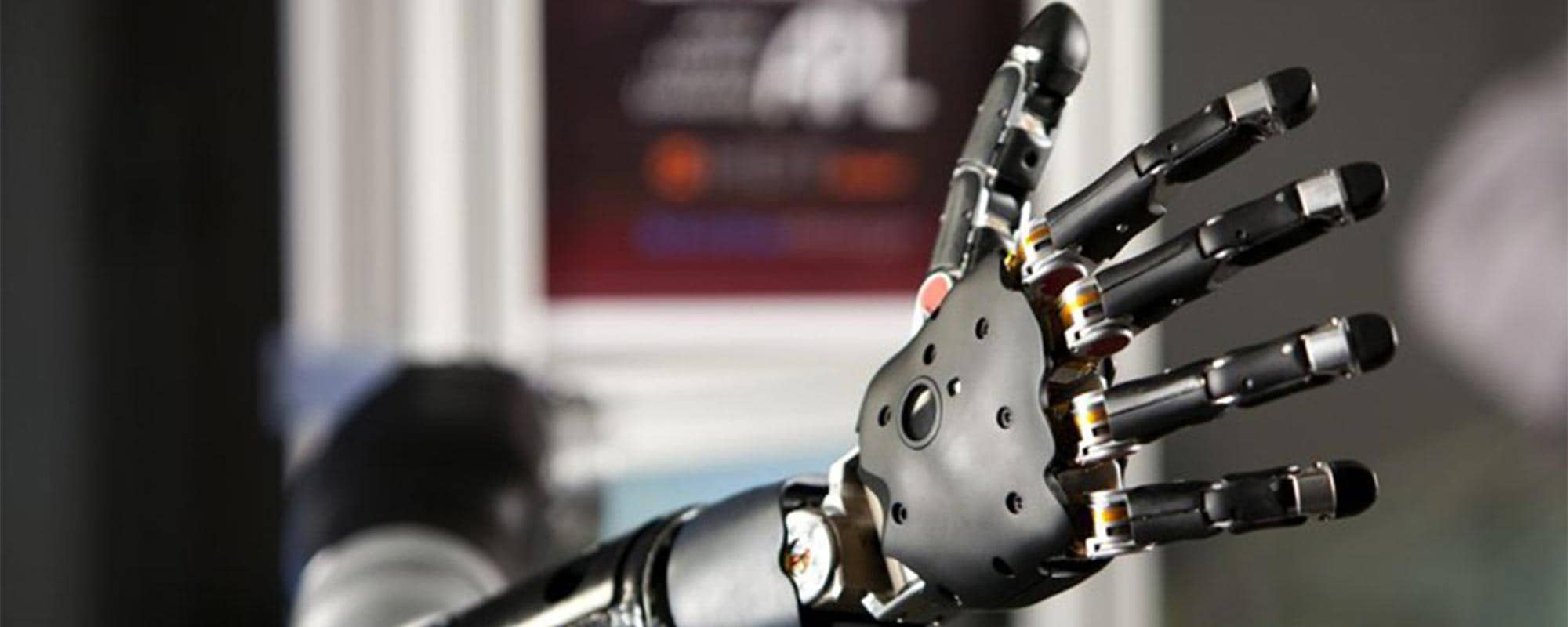Robotics is the future. Simple but true. Even today, they support us, make the products we need and help humans to get around. Without robots we would be worse off. Kirsty Aquilina (supervised by Dr Kenneth Scerri) developed a system where a robotic arm could be controlled just by using one’s hand.
The setup was fed images through a single camera. The camera was pointed towards a person’s hand that held a green square marker. The computer was programmed to detect the corners of the marker. These corners give enough information to figure out the hand’s posture in 3D. By using a Kalman Filter, hand movements are tracked and converted into the angles required by the robotic arm.
The robotic arm looks very different from a human one and has limited movement since it has only five degrees of freedom. Within these limitations, the robotic arm can replicate a person’s hand pose. The arm replicates a person’s movement immediately so that a person can easily make the robot move around quickly.Controlling robots from afar is essential when there is no prior knowledge of the environment. It allows humans to work safely in hazardous environments like bomb disposal, or when saving lives performing remote microsurgery. In the future, it could assist disabled people.
This research was performed as part of a Bachelor of Engineering (Honours) at the Faculty of Engineering.
A video of the working project can be found at: http://bit.ly/KkrF39





Comments are closed for this article!